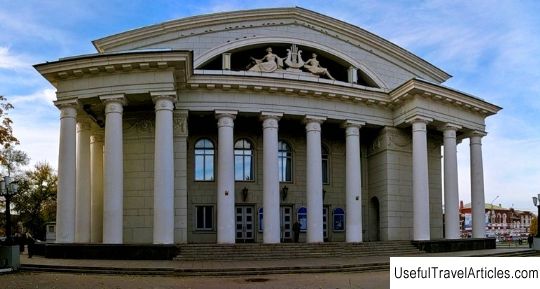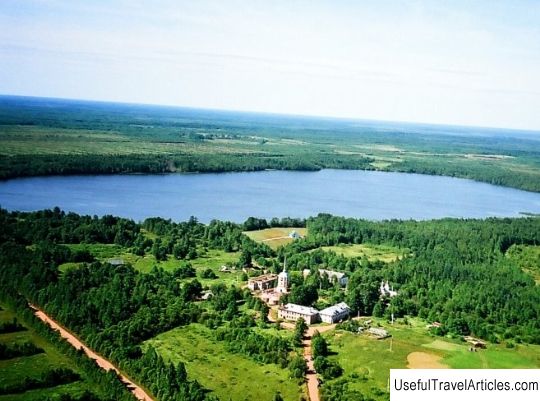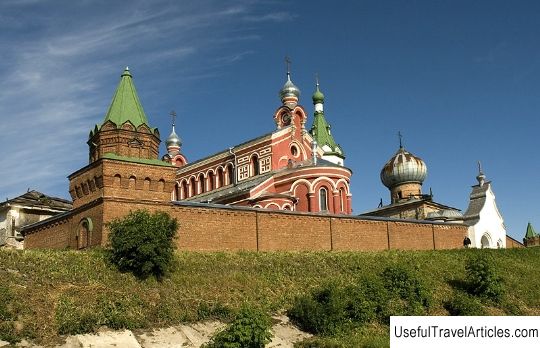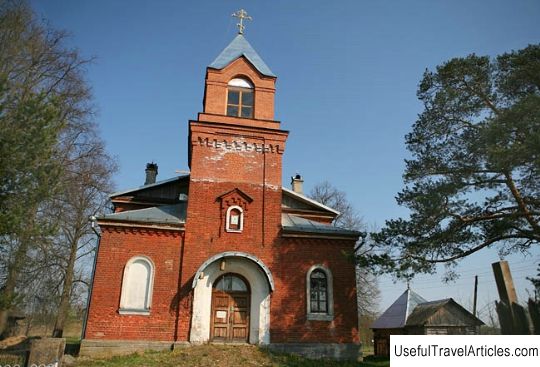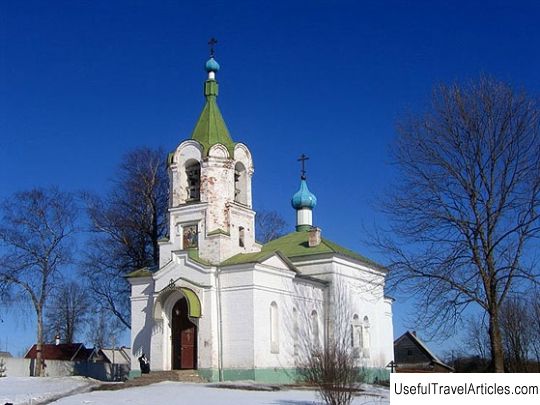Holy Trinity Zelenetsky Monastery description and photos - Russia - Leningrad Region: Volkhovsky District
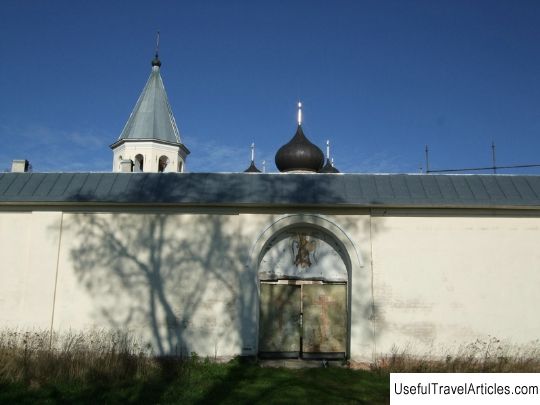
Holy Trinity Zelenetsky Monastery description and photos - Russia - Leningrad Region: Volkhovsky District. Detailed information about the attraction. Description, photos and a map showing the nearest significant objects. Photo and descriptionThe Holy Trinity Zelenetsky Monastery arose in the middle of the 16th century and is located between Tikhvin and Staraya Ladoga, in the village of Zelenets (Volkhovsky District), on the banks of the Rassokha River, on a marshy upland area, which in summer is covered with bright green vegetation. The monastery was founded by Martyrius, a monk of the Tikhvin Dormition Monastery, who came to this place in the middle of the 16th century, more precisely in 1564. The monastery was named the Green Martyrian Hermitage. Tsar Fyodor Ioannovich showed special patronage to the monastery. The first monastery buildings were wooden. Fyodor Syrkov, a well-known representative of the merchant class who was engaged in construction in Novgorod, Moscow, Tikhvin, took part in the construction of one of the monastery's churches. The first church of Odigitria (made of stone) with the chapel of St. John Chrysostom was built here in 1601, as stated in the scribal book of 1620. But it has not survived to this day - it was dismantled in the 1670s. Initially, the buildings of the monastery were built of wood and surrounded by a wooden fence. In 1612-1613, in the Time of Troubles, the monastery was burned down by Swedish troops who were marching towards Tikhvin, but soon it was rebuilt again through the efforts of the Metropolitan of Novgorod, Korniliy, a former monk, and then the abbot of this monastery. It was during these times that the Zelenetsky Monastery reached the highest level of improvement. In 1624, the surrounding lands and peasants, exempted from taxes, were assigned to the monastery. The entire complex of the monastery, which has survived to this day, was mainly formed in 1674-1698, during the heyday of the Zelenetsky monastery, when Korniliy, being the Novgorod metropolitan, contributed to the spread of stone construction. The architectural ensemble of the Zelenetsky Monastery is a group of temples located in the center of a wide courtyard, surrounded by residential and utility buildings and surrounded by a stone wall with small towers at the corners and three gates. In the center of the Zelenetsky Monastery there is a five-domed two-story Holy Trinity Cathedral, built in 1684. The lower temple is in honor of John the Theologian. Here are the relics of the founder of the monastery, Martyry Zelenetsky, who died in 1603. In 1698, Metropolitan Korniliy was buried next to him. The composition of the refectory and the Annunciation Church, founded in 1680 from the north of the cathedral church, typical for refectory monasteries of the 17th century, but its decoration is distinguished by its originality and originality. In addition to the traditional curved brick trims, wide ceramic trims are also used here, which adorn the windows of the second floor on the western facade, and tile crosses in the piers. The Annunciation Church was consecrated in 1686. In the south-west of the cathedral there is an octagonal slender three-tiered bell tower. Its appearance was changed in the first quarter of the 19th century: a wooden tent with a dome, crowning the bell tower, was replaced with a dome with a `` spitz. '' The central group of the main buildings includes: the cathedral itself, the refectory, the bell tower. Previously, they were connected by wooden passages, but they have not survived to this day. The buildings with cells, which were built in the 1680s, are of great architectural value, since few residential buildings of the 17th century have survived. With the death of Korniliy, the time of active construction in the Zelenetsky Monastery ended: until the beginning of the 19th century there not a single stone building was built. In 1771 the monastery was transferred from the Novgorod diocese to the St. Petersburg diocese and was appointed a place of exile for church repentance. In Zelenetsky Holy Trinity Monastery, the icons of the Tikhvin Mother of God "Odigitria" and the Holy Trinity were especially revered, which, according to legend, were brought here by the Monk Martyr. In 1919 the monastery was closed. In 1937, the remaining monks were taken to an “unknown destination.” The buildings of the monastery were used by various Soviet structures. In 1992, the monastery was returned to the believers. Today he is recovering. Now there are 16 inhabitants in the monastery, services are being held, monastic life is getting better. In November 2001, a road was laid connecting the village of Zelenets and the mainland.        We also recommend reading National Museum of Alberto Sampaio (Museu de Alberto Sampaio) description and photos - Portugal: Guimaraes Topic: Holy Trinity Zelenetsky Monastery description and photos - Russia - Leningrad Region: Volkhovsky District. |
